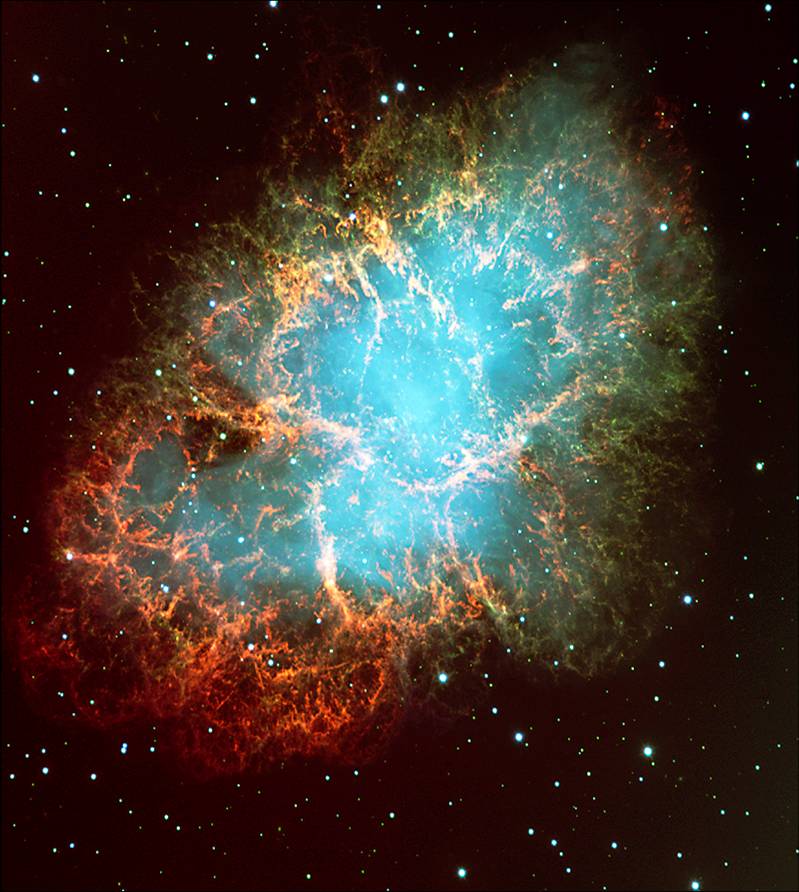
European Southern Observatory
Is the black hole really black?
And how heavy is it?
And how is it made inside?
Crab Nebula testifies the Supernova explosion in 1054AD, noted in Europe, China and by Indians in New Mexico
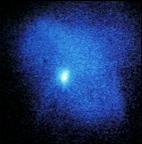
Crab Nebula in X-rays
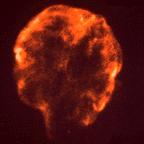
Cygnus Loop in X-rays
Remnants of supernovae are sources of radio signals and also of X-ray radiation.
Credits: NASA Goddard Space Flight Center
http://imagine.gsfc.nasa.gov/docs/science/know_l1/pulsars.html
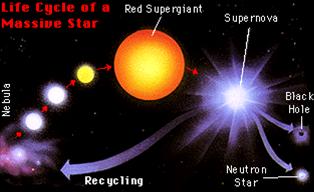
http://imagine.gsfc.nasa.gov/docs/science/know_l1/supernovae.html
Evolution of stars depend on their mass. Those above 8 Solar masses, at the end of the life, were all the termonuclear fuel is burn into iron, first collapse, and then explode into supernova. A part of the mass is expelled and the remnants form a core of about 20 km diameter made of neutrons. The expelled material contains heavy elements and can be re-cycled, to form a system, like the Solar one.
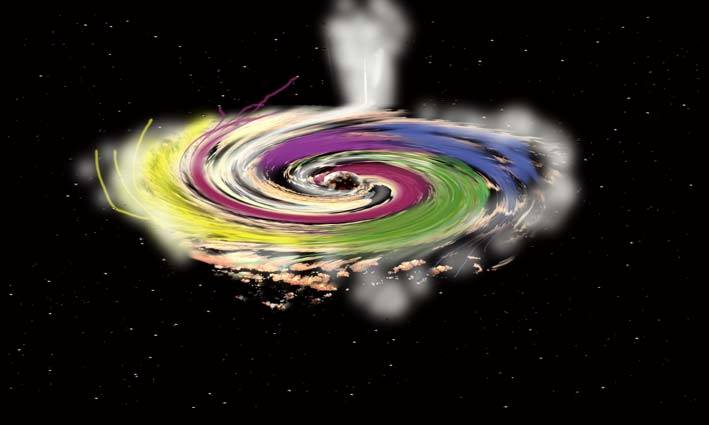
Black holes are probably quite colorful: quickly rotating ionized gas, imploding towards the center contains heavy atoms, like iron, and its emission lines are strongly shifted by the Doppler effect. Fig. Krzysztof Karwasz
Quasars - quasi-stellar radio sources, discovered in 1961, now believed to be super-massive (billion of M) black holes in centers of distant galaxies. The ionized gas quickly falling inside the hole emits powerful radiowaves.
Pulsars - quickly rotating neutron stars which flares the magnetic field around the space. The first pulsar CP 1919+21 (1.3 s period of rotation) was discovered in the constellation of Cygnus ("Swan") in 1967 by graduate student Jocelyn Bell Burnell but the Nobel prize went to her supervisor.
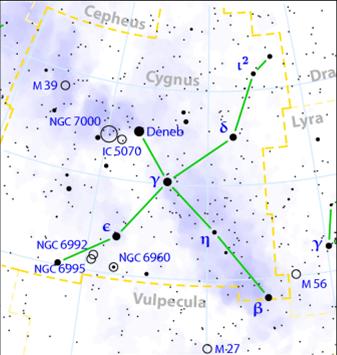
Cygnus, Wikipedia